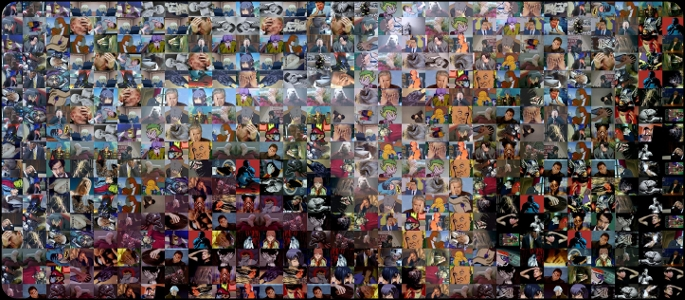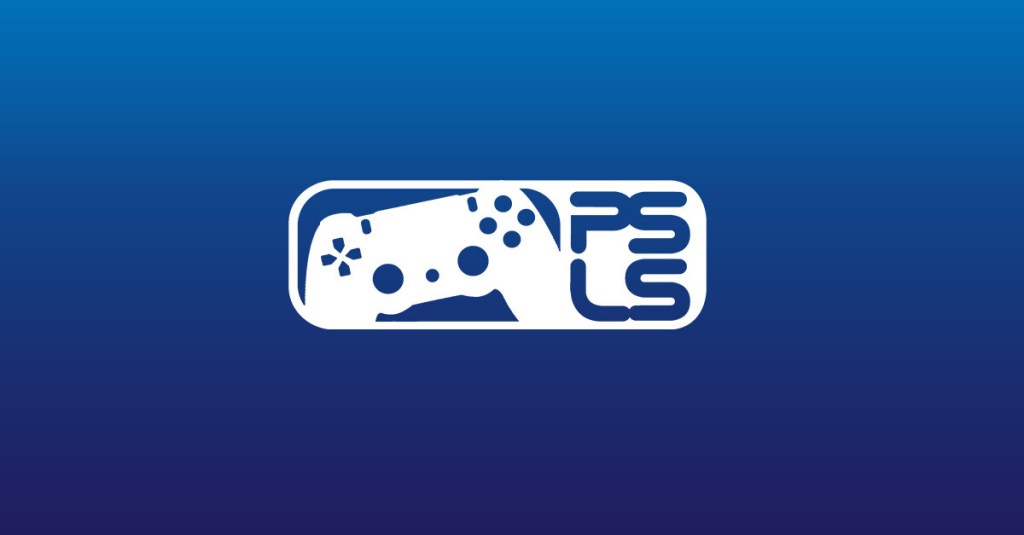
2009 was filled a lot of good memories and a lot of solid moves by the Sony and the rest of the gaming industry, but 2009 was not without its share of “what were they thinking?” moments. We look into the 5 Biggest Facepalm Moments of 2009.
PSPgo
The PSPgo is a wonderful device, by far the most portable and convenient out of the PSP models, but Sony really dropped the ball since it’s announcement back at E3 2009. The lack of a UMD drive looks more like a feature taken away, rather than a convenient space saver. Along with that, current PSP owners have no way to transfer purchased UMD games to the PSPgo, this caused a lot of potential buyers to hold off on the newest version of the PSP. Also, at a $250 price point, only $50 less than the PS3 and at least $70-$120 bucks more expensive then the PSP 3000 and the DS Lite, potential buyers had many, more enticing offers to choose from. Sony have had a real issue with initial price point this generation starting with the PS3 and this trend continued with the PSPgo. It also did not help that Sony abandoned mini USB support, forcing previous owners to purchase a whole new set of peripherals for the system. Sony planned a cash cow with the PSPgo, hoping to bank on the success of the iPhone. But overall it’s lacking too much in features for the average consumer to see the value.
Developers/Publishers Scared Off by Competition
This was never more evident than in the long list of games which were delayed to avoid the retail giant that was Modern Warfare 2. It’s understandable that companies didn’t want to fall under the shadow of MW2, but at the same time, if you are confident about your game then release it on schedule. Competition is a good thing, and there is always a market for more than one game at a time. Perhaps shooting games would have taken a big hit in Warfare’s wake, but the non-shooting games that got delayed still could have found an audience, and instead we saw a conga line of games whimpering away with their tails between their legs.
Bobby Kotick and his Thoughts
Bobby Kotick, CEO of Activision Blizzard, used 2009 to make an ass of himself in the face of the gaming industry, though it did little to affect his company’s sales. Kotick made many ridiculous statements during the year, though none better than coming out and saying he would raise game prices if it was up to him. In the same year, he stated that his goal was to take all the fun out of making video games. He even at one point threatened to stop supporting Sony, even though the PS3 was one of the highest contributors to his money stack. None of this mattered, as the man still made plenty of money, but someone should really teach the man to just keep his trap shut.
The way DLC was Handled by Many Developers
Downloadable content is becoming a way of life for many developers, but the way it was handled in 2009 was a bit disturbing. We saw plenty of DLC that was left out of games at the last minute just to make an extra buck down the road. Capcom and Resident Evil 5 took a big PR hit when it was revealed that the code was already in the game, yet the mode was left out to be sold as DLC. A more recent culprit was Bioware with Dragon Age: Origins. In this game, you can actually accept quests from NPC’s that can only be completed if you buy the content, leading many of us to believe that it could have easily been added into the game at launch. More and more developers seem to be purposely leaving out content and releasing it as DLC a week or two after the game hits the shelves. It is fine to prolong your game and give the audience more to do, but when it’s pretty clear you shipped the game minus content just to make an extra buck, that’s when it can get a bit touchy.
The PS3 Eye Goes Mostly Unused
Back during the days of the PS2 the PlayStation EyeToy was a pretty big deal and overall, was supported pretty well by Sony. When the PS3 Eye was announced, many of us figured it would lead to a lot of games. 3 years into the PS3, the Eye is one of the least used devices on the system. You can count the number of games developed for use with the device on one hand. There is some support coming in the future with EyePet and Sony’s Motion Controller, but where has the support been? We had hoped for more support in 2009, as the Eye is a great device that could be used in fun, innovative ways, in the form of games or through applications like PlayStation Home. Well, 2009 came and went, and the dust on many PS Eyes around the world only got thicker.








